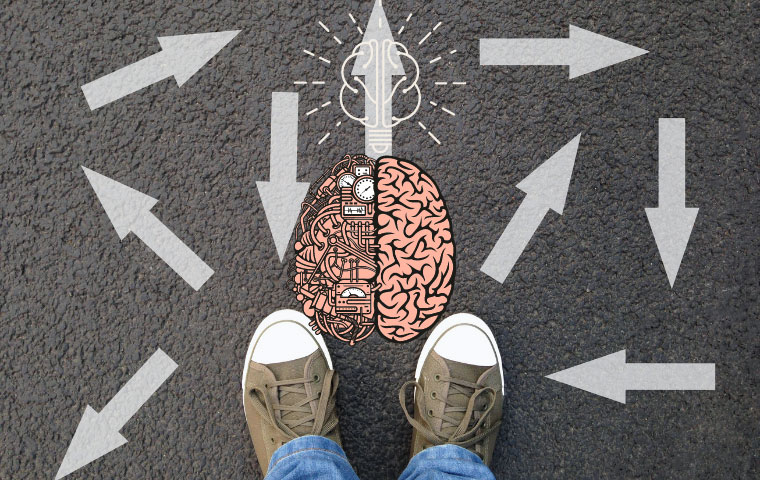In-App Purchases vs Ads: Which Strategy is Best?
You’ve created your app, and people are starting to download,...
We use cookies for our website to give you the most relevant experience by remembering your preferences. By clicking “accept”, you consent to use of ALL the cookies
This website uses cookies to improve your experience while you navigate through the website. Out of these, the cookies that are categorized as necessary are stored on your browser as they are essential for the working of basic functionalities of the website. We also use third-party cookies that help us analyze and understand how you use this website. These cookies will be stored in your browser only with your consent. You also have the option to opt-out of these cookies. But opting out of some of these cookies may affect your browsing experience.
Necessary cookies are absolutely essential for the website to function properly. These cookies ensure basic functionalities and security features of the website, anonymously.
| Cookie | Duration | Description |
|---|---|---|
| cookielawinfo-checkbox-functional | 11 months | This cookie is set by GDPR Cookie Consent plugin. The cookie is used to store the user consent for the cookies in the category “Analytics”. |
| cookielawinfo-checkbox-functional | 11 months | The cookie is set by GDPR cookie consent to record the user consent for the cookies in the category “Functional”. |
| cookielawinfo-checkbox-necessary | 11 months | This cookie is set by GDPR Cookie Consent plugin. The cookies is used to store the user consent for the cookies in the category “Necessary”. |
| cookielawinfo-checkbox-others | 11 months | This cookie is set by GDPR Cookie Consent plugin. The cookie is used to store the user consent for the cookies in the category “Other. |
| cookielawinfo-checkbox-performance | 11 months | This cookie is set by GDPR Cookie Consent plugin. The cookie is used to store the user consent for the cookies in the category “Performance”. |
| viewed_cookie_policy | 11 months | The cookie is set by the GDPR Cookie Consent plugin and is used to store whether or not user has consented to the use of cookies. It does not store any personal data. |
Functional cookies help to perform certain functionalities like sharing the content of the website on social media platforms, collect feedbacks, and other third-party features.
Performance cookies are used to understand and analyze the key performance indexes of the website which helps in delivering a better user experience for the visitors.
Analytical cookies are used to understand how visitors interact with the website. These cookies help provide information on metrics the number of visitors, bounce rate, traffic source, etc.
Advertisement cookies are used to provide visitors with relevant ads and marketing campaigns. These cookies track visitors across websites and collect information to provide customized ads.
Other uncategorized cookies are those that are being analyzed and have not been classified into a category as yet.
Cyberia Tech, Inc. respects your privacy. This Privacy Policy explains how we collect, use, and share your information. By using our services, you agree to this policy. If any other agreements conflict with this Privacy Policy, the terms of those agreements prevail.
Cyberia Tech complies with the EU-US and Swiss-US Privacy Shield Frameworks for handling personal data from the EEA, UK, and Switzerland. In case of any conflict, the Privacy Shield Principles prevail. Learn more at Privacy Shield. Key Definitions
Information linked to an individual, transferred from the EEA, UK, or Switzerland to the U.S.
Data revealing race, religion, health, sexual orientation, and similar categories.
Effective Date: [ 2025 / 11 / 28 ]
Welcome to The Cyberia Tech ! By accessing or using our website or services, you agree to
comply with and be bound by these Terms of Use and our Privacy Policy. If you do not agree with
these terms, please do not use our Services.
Loading
0 %

In a world where convenience is key, Fetch as a personal detective is at your fingertips. With the help of this helpful robot, you can effortlessly locate your misplaced smartphone or other valuable items.
Say goodbye to the stress of losing your belongings and hello to a seamless and stress-free experience.
The technology of AI programming has become a game-changer in helping people with cognitive decline to find misplaced items such as eyeglasses, medicine, and phones.
Let’s see the wonders of this innovative solution.
Table of Contents
Fetch is a novel technique that has been developed by engineers to code robots for aiding individuals suffering from dementia in finding lost items such as medicine, glasses, phones, and other essential objects.

Dr. Ali Ayub, a post-doctoral fellow in electrical and computer engineering, expressed enthusiasm for the promising future implications of this development, according to a statement from the university.
A personalized companion robot can provide users with increased independence, allowing them to form a deeper connection beyond just a regular companion robot.
Recent research has revealed an alarming rise in the prevalence of dementia, a devastating disorder that impairs cognitive functioning and causes memory loss, disorientation, and impairment.
The researchers were surprised by how quickly this illness has spread. Individuals suffering from dementia often experience difficulty in recalling the whereabouts of common items, leading to a decrease in their overall well-being and placing an extra responsibility on those providing care.
It can be realized that Fetch the robot is flawlessly a life saver to give help to dementia and provide them more convenience.
According to the study authors, a robot equipped with its own episodic memory could prove to be highly beneficial in such situations.
A new kind of “artificial memory” has been created by engineers using artificial intelligence, and it has been successful.
The team began their project with a mobile manipulator robot called Fetch, which is equipped with a camera to help it perceive its surroundings.
The team utilized an object-detection algorithm to program the robot to identify and track certain items within its camera view.
The robot also maintains a memory log of these items through stored video. The robot has the ability to differentiate between objects and can document the exact time and date of when an object comes into or goes out of its sight.

The researchers developed a graphical interface to enable human users to select the objects they want the machine to track.
To search for an object using a smartphone app or computer, all you need to do is enter the name of the object. The robot has the ability to show the last location and time it detected the particular item after completing the task.
According to the test runs, it has been observed that the robot is very precise.
According to Ayub, although some individuals with dementia may find technology daunting, caregivers should not face any difficulties in using it. In the future, researchers intend to carry out studies involving individuals without disabilities first, before involving those with dementia.
This will help them gain a better understanding of the subject matter.
After that, the robot was programmed with an object-detection algorithm. This allowed it to identify and track certain objects within its camera view.
Additionally, it was able to keep a record of these objects through stored video.
The robot has the ability to differentiate between different objects and can keep track of when they come into or go out of its sight.

To make it easier for users, researchers created a visual interface that allows them to select the objects they want to track.
Users can simply type in the name of the object they want to find and search for it on their smartphone or computer.
The robot has the ability to show the time and location of the last sighting of a particular object.
Researchers emphasize that this new technology might certainly one day aid anyone who has looked apparently everywhere for anything they’ve misplaced.
Although the initial focus of this effort was on supporting a specific set of people (those with dementia), they note that this new technology could help those people in the future.
What is the fetch function in react?
Using the fetch() method of the Fetch API, we may send an HTTP request to the server. Use the GET method to obtain data from an endpoint, the POST method to post data to an endpoint, and so on with this approach.
language designed specifically for the purpose of implementing AI research is called an AI programming language. Working on the Logic Theorist and the GPS, two pioneering artificial intelligence programmes, Allen Newell and J.
While robotics and Fetch are exciting new technologies, it’s important to be cautious when incorporating them into dementia care.
It’s crucial to address ethical and privacy concerns when implementing robots to ensure that they enhance human interaction and connections rather than replace them.
we can expect more exciting developments in AI programming and robotics, which will enhance the abilities and influence of robots such as Fetch in dementia care.
We can use technology and empathy to enhance the lives of those with dementia and all the people live with more fulfilment and dignity.
You Can Get More Information!
